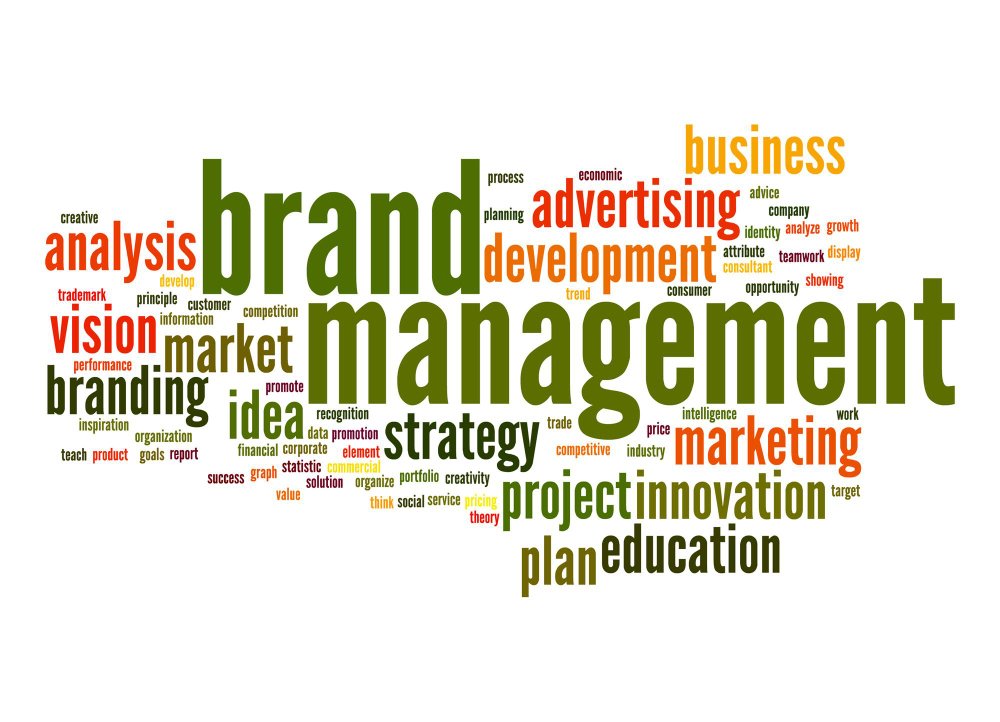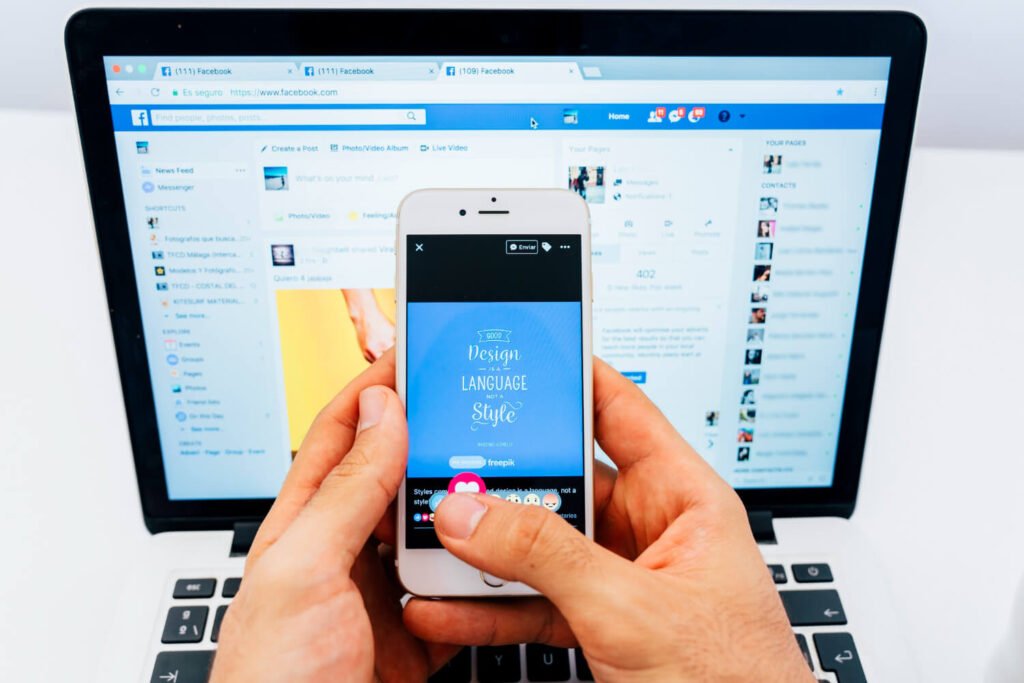Alliteration—the repetition of initial consonant sounds in closely connected words—is one of the oldest yet most powerful techniques in advertising. Why? This advantage is due to its ability to imprint phrases in the minds of consumers. From iconic slogans to unforgettable brand names, ads with alliteration stand out and stay memorable.
Whether you’re crafting a jingle, crafting ad copy, or strategizing your next viral campaign, alliteration can serve as your indispensable tool.
Let’s break it down: what makes alliteration in advertising so effective, which brands have used it successfully, and how you can apply this literary trick to your campaigns.
What Is Alliteration in Advertising?
Alliteration is when words that appear close together start with the same consonant sound. In marketing, this repetition creates rhythm and resonance that improve recall and recognition. That’s crucial when you’ve only got a few seconds to capture attention.
Example: Think “Dunkin’ Donuts,” “Coca-Cola,” and “Krispy Kreme.” These names are catchy because they roll off the tongue.
Benefits of Alliteration in Advertising:
- 🌟 Enhances brand memorability
- 💬 Creates catchy, rhythmic slogans
- 🎤 Perfect for jingles and radio/video scripts
- 📊 Boosts engagement and brand recall
- 🚀 Adds emotional and phonetic appeal
Want more campaign inspiration? Check out our Social Media Marketing Hacks
12 Memorable Ads with Alliteration
Here are some real-world examples of ads and slogans that successfully use alliteration:
1. “Dunkin’ Donuts”
One of the most famous examples of a brand name using alliteration is “Dunkin’ Donuts.” It’s simple, catchy, and straightforward to remember.
2. “Coca-Cola”
The name of the soft drink giant is effortlessly pronounced. Bonus: It translates well globally.
3. “Krispy Kreme”
It skillfully blends alliteration and rhyme. This combination is truly delightful!
4. “Melt in Your Mouth, Not in Your Hand”—M&Ms
The slogan uses soft alliteration to highlight a functional product benefit in a fun and catchy way.
5. “Don’t Dream It, Drive It”—Jaguar
“Don’t Dream It, Drive It”—Jaguar” is an aspirational slogan that encourages action with double D’s.
6. “Silly Rabbit, Trix Are for Kids!” Trix cereal brand
Slogans in jingles work even better with rhythmic alliteration.
7. “PayPal”
The name alone is snappy and rhythmic, ideal for global commerce.
8. “Best Buy”
“Best Buy” combines affordability and quality in just two words.
9. “Toys R Us”
“Toys R Us” is a playful and memorable name that resonates with both kids and parents.
10. “Finger-Lickin’ Good”—KFC
The name “Finger-Lickin’ Good” from KFC adds a bit of alliteration and a whole lot of flavor.
11. “Snack That Smiles Back”—Goldfish
The song is both playful and catchy, particularly in audio formats.
12. “What’s in Your Wallet?” – Capital One
A soft repetition of the W-sound makes it conversational and catchy.
Want more campaign inspiration? Check out our Marketing Success Stories
Why Does Alliteration Work in Advertising?
Alliteration creates a musicality that improves recall. Our brains process patterns faster—and when words sound alike, they stand out more. This is especially useful for:
- 468×60 banner ads
- Social media captions
- Commercial scripts
- Brand slogans
According to neuromarketing research, rhythmic language patterns can improve both comprehension and retention.
Pro Tip: Combine alliteration with visual and emotional cues to create stronger connections.
How to Create Effective Ads with Alliteration
- Know Your Brand Voice
Playful? Bold? Edgy? Choose consonants that reflect that voice. B’s and P’s feel bold. S’s and M’s feel softer. - Keep It Short
Too much repetition feels forced. Aim for two or three keywords that flow naturally. - Match Your Medium
Use alliteration in headlines, slogans, 468×60 banner ads, or jingle scripts where it enhances—not overwhelms—the message. - Test Variations
Use A/B testing for banner ads and email subject lines with and without alliteration.
For more campaign tactics, check out Marketing Hacks
Alliteration in Modern Marketing: Real Brand Use Cases
GoPro: “Be a Hero”
The use of alliteration is simple, aspirational, and subtle.
Red Bull: “Red Bull Gives You Wings”
Even though it’s not pure alliteration, the internal rhythm makes it memorable.
Gymshark: “Sweat. Stretch. Strength.”
Alliteration and structure are excellent tools for defining brand messaging.
Airbnb: “Belong Anywhere”
The ‘B’ sound is repeated, linking the emotion to the location.
FAQs People Also Ask (PAA)
Q1. What are ads with alliteration?
A: These are advertisements that use repeated consonant sounds to create memorable, rhythmic phrases that resonate with audiences.
Q2. Why is alliteration important in ad copy?
A: It boosts recall, enhances engagement, and creates a musical rhythm that sticks with consumers.
Q3. Are there downsides to using alliteration?
A: Yes, overuse can feel forced or cheesy. The key is subtlety that fits with your brand tone.
Q4. What platforms work best for alliteration in ads?
A: Social media, radio, TV, and digital banners like 468×60 ads benefit most.
Q5. Can I combine alliteration with other techniques?
A: Absolutely! Try mixing it with humor, rhyme, or personalization for better results.
Do you need assistance in writing alliterative ad copy that effectively converts? Reach out to our professionals at SMMHacks.com to begin your journey right now.






